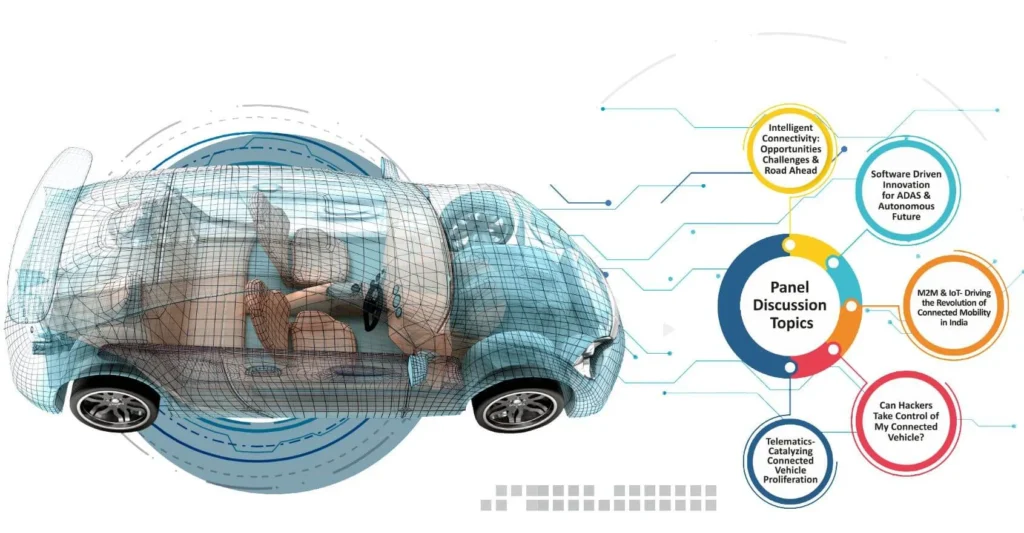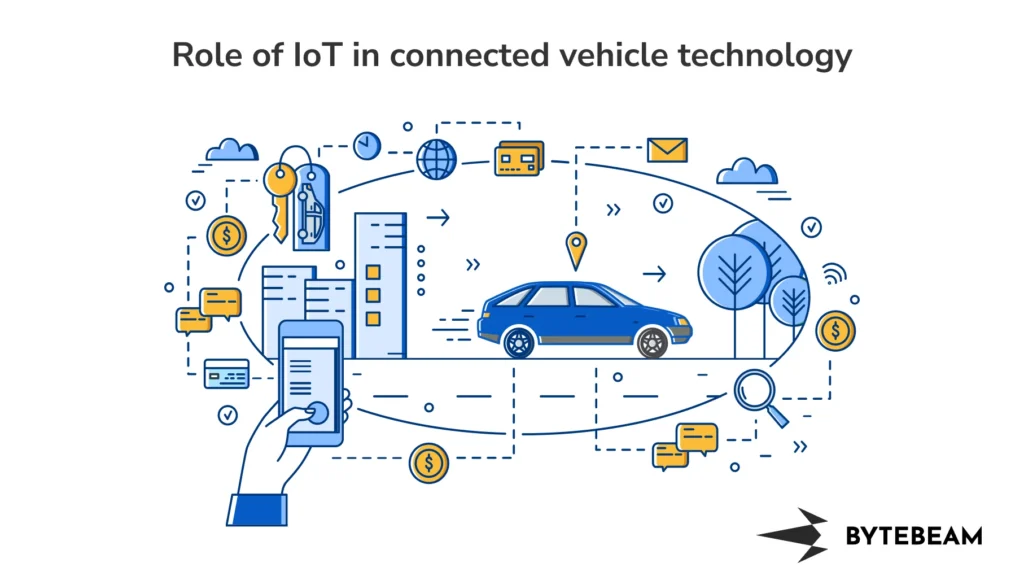Introduction
Connected Vehicle Features in India are transforming the nation’s mobility landscape, integrating advanced safety, convenience, and personalization. While these innovations enhance the driving experience, affordability remains a key factor for Indian consumers. A recent ‘Think Mobility’ report by Google and Boston Consulting Group (BCG) explores the rising demand for connected vehicle technology, offering insights into consumer preferences and industry trends. In this guide, we highlight five key takeaways defining India’s connected vehicle market in 2024.
Practicality Over Luxury: Consumer Demand for Core Features
Indian consumers prioritize functionality over luxury in connected vehicles. The report finds that in-built navigation is a top requirement for two-wheeler users. Additionally, around 80% of buyers show strong interest in features such as:
- Infotainment systems
- Real-time parking assistance
- Anti-theft technology
However, globally popular features like remote vehicle control see relatively low demand in India, indicating a preference for practical, cost-efficient solutions.
Balancing Cost and Value: The Price Sensitivity Factor

While advanced technology enhances driving experiences, affordability remains a deciding factor for Indian buyers. Connected features increase vehicle prices, making it essential for automakers to justify their costs with tangible benefits. Consumers assess whether these features genuinely improve safety and convenience before making a purchase.
Key takeaway: Automakers must focus on cost-effective solutions that provide high utility without significantly inflating vehicle prices.
Segmented Preferences: Different Consumers, Different Needs

The report highlights distinct consumer preferences based on income levels and lifestyle:
- Office-going, mid-income commuters prefer practical features like auto-parking assist and real-time parking availability updates.
- High-income, status-driven buyers seek personalization features, such as predictive maintenance tips based on driving behavior.
This segmentation suggests that one-size-fits-all solutions are ineffective, and automakers must tailor features to different market segments.
The Growth of India’s Mobility Market
India’s personal car penetration stands at just 3.3%, indicating a vast growth potential. The ‘Think Mobility’ report forecasts that India’s mobility industry will double and exceed $600 billion by 2030, with nearly $100 billion coming from emerging revenue streams such as electric vehicles (EVs) and smart mobility solutions.
For automakers and tech providers, this growth represents an opportunity to:
- Invest in cost-efficient connected technologies.
- Expand offerings in EV and smart mobility integration.
- Cater to India’s rapidly evolving urban transport needs.
The Future of Connected Vehicles in India
As geopolitical shifts favor India’s automotive sector, the country is emerging as a key market for both imports and exports. Unlike global markets, where internal combustion engine (ICE) vehicles are losing ground to EVs, India’s industry is experiencing secular growth across both traditional and emerging mobility pools.
For sustained success, automakers must:
- Prioritize high-utility, cost-conscious features.
- Adapt to region-specific mobility needs.
- Leverage new revenue streams in smart mobility and EVs.
Conclusion
The Indian automotive market presents a unique blend of challenges and opportunities in the connected vehicle space. While demand for practical, cost-effective features is high, luxury and globally popular features may not have the same traction. The industry’s projected $600 billion expansion by 2030 underscores the immense potential for growth and innovation.
To stay competitive, automakers must align their offerings with consumer affordability, segment-specific preferences, and India’s evolving mobility ecosystem. The future of connected vehicles in India is not just about innovation—it’s about making technology accessible and practical for the masses.
Call to Action: Want to stay ahead in India’s connected vehicle revolution? Subscribe to our newsletter for the latest insights and updates on smart mobility trends!


